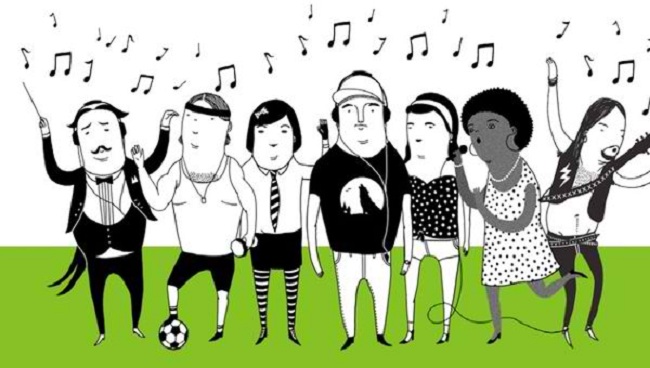Full stream ahead?
The revolutionary music-streaming service Spotify has enjoyed a meteoric rise since 2008 and now boasts over forty million users worldwide, of whom a quarter are paid subscribers. With physical sales continuing to tumble as consumption habits change; in these austerity-stricken times even digital download sales are dwindling (iTunes reported a 14% fall this year). But with streaming revenues soaring, the radical business model seems to be paving the way for a new music economy. However there are some big problems looming on the horizon…
A Swift exit…
Recently, teen-pop powerhouse Taylor Swift snubbed Spotify by refusing to allow the service to host her latest album 1989. This raises an immediate issue: Spotify has always prided itself on maintaining an exhaustive catalogue (20 million and counting) of new (at least pop) music – what do we do if the music we want isn’t there? And moreover: why is it not there? In this instance, major labels are throwing their weight around – restricting the availability of Swift’s album to coerce her (mostly teenage) audience to fork out instead is an ingenious (or deplorable, depending on your angle) example of corporate leverage, and crystallises why (in just a month) she has become the only platinum-selling artist so far this year.
A raw deal?
At the other end of the artist spectrum (chart-topping cash cows aside), there has been widespread scrutiny of Spotify’s eye-wateringly low royalty payouts (as little as $0.006 per track played). In a sense, Spotify works to the benefit of the majors who can enjoy steady income streams from old material but, lacking a firm obligation, the majors still retain all distribution control of new releases – entirely dependent on their financial incentives and interests – often seeing bigger flashing dollar signs elsewhere. Inevitably, ‘smaller’ artists and labels are getting a real shafting. In order to earn the equivalent royalties of a full-time minimum wage job a Spotify artist could require over 4 million streams per month. Some have advocated a reactionary preference to emphasize live performance and give away music for free: a desperate attempt to both solidify the vital artist-audience connection and a stand against the huge top-line profits being made both by Spotify stakeholders and major label bosses from the creative toil of others.
Changing tides in the industry
Despite these grim realisations, and major labels threatening to throw their toys out of the pram at a moments notice – given the pace and inevitability of change, the biggest problem facing Spotify is actually from emerging competitors (YouTube Music Key, Google Music All Access and others). As to who emerges alive and on top after the major corporations and labels have duked it out – only time will tell. But in the meantime, with no sign of streaming losing momentum, we can only hope that whoever does come out on top will do so out of prioritising the relationship between artists, their art, and their audience; and hopefully setting out a business model for music-streaming that will provide long-term, sustainable incomes for all involved.
We may now find our music in the cloud, but we shouldn’t have our heads in the clouds about who deserves a fair reward.
– James Reilly

